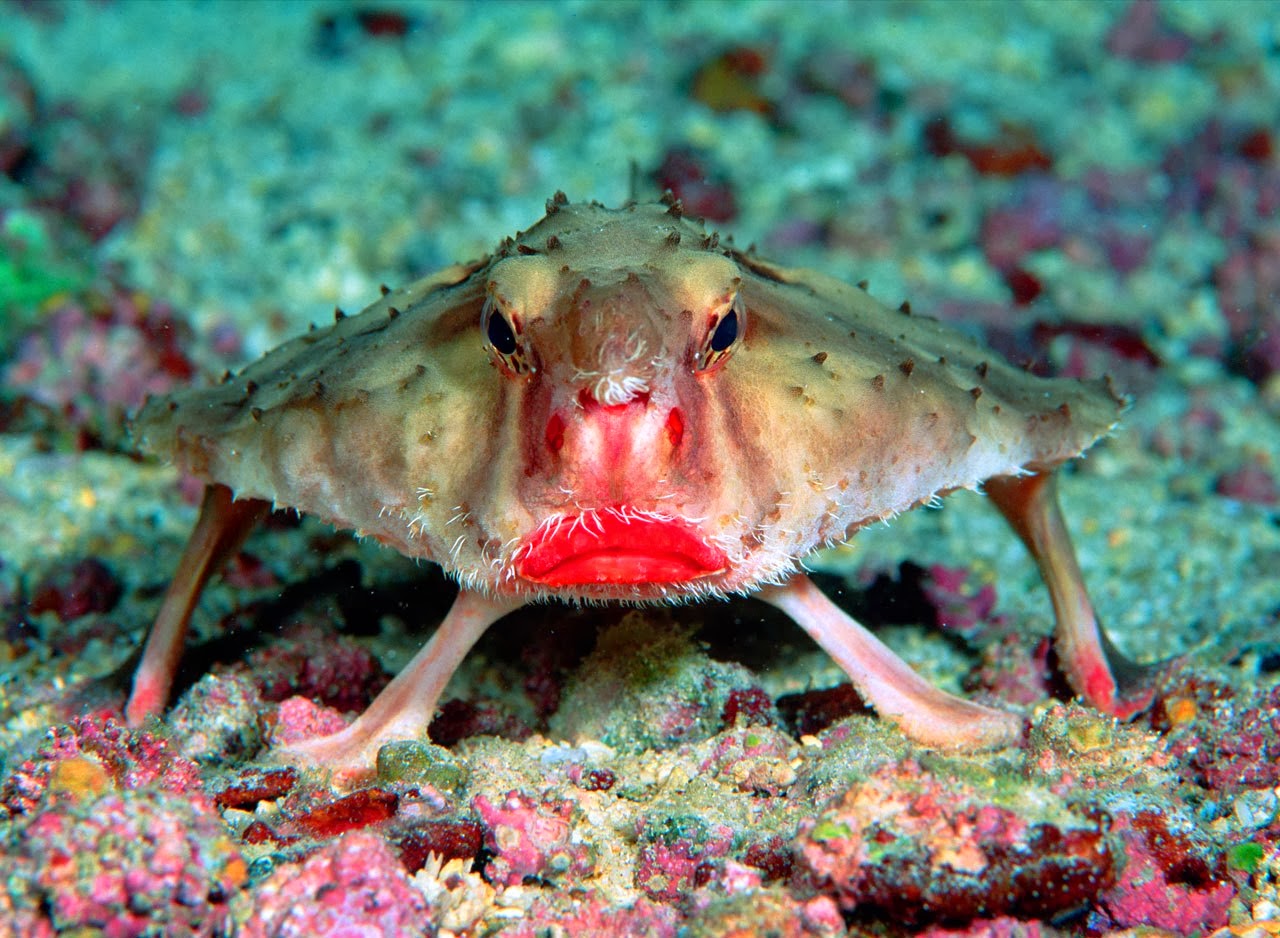The red lipped fish, known for its vibrant coloration and intriguing behavior, has garnered significant interest among marine enthusiasts and aquarists alike. This unique fish species, scientifically known as *Cirrhilabrus solorensis*, is commonly found in the coral reefs of the Indo-Pacific region. With its striking red lips and captivating swimming patterns, it not only adds beauty to any aquarium but also plays an essential role in maintaining the ecological balance of its natural habitat.
This article will explore the various aspects of the red lipped fish, including its biological characteristics, habitat, care requirements, and conservation status. Whether you are a seasoned aquarist or a newcomer to the world of fishkeeping, understanding the red lipped fish can enhance your knowledge and appreciation of this remarkable species.
As we delve deeper into the world of the red lipped fish, we will uncover fascinating facts, tips for care, and insights into its behavior, making this guide a valuable resource for anyone interested in this captivating creature. Join us on this journey to discover everything you need to know about the red lipped fish.
Table of Contents
- Biography of the Red Lipped Fish
- Physical Characteristics
- Natural Habitat
- Diet and Feeding Habits
- Aquarium Care and Maintenance
- Breeding and Reproduction
- Conservation Status
- Conclusion
Biography of the Red Lipped Fish
The red lipped fish belongs to the family Labridae and is part of the genus *Cirrhilabrus*. This species is often referred to as the “red lipped wrasse” due to its distinctive features. The red lipped fish is primarily found in coral reef habitats, where it thrives in the warm waters of the Indo-Pacific region, specifically around the Solomon Islands, Papua New Guinea, and the Great Barrier Reef.
| Data Category | Information |
|---|---|
| Scientific Name | *Cirrhilabrus solorensis* |
| Common Names | Red Lipped Fish, Red Lipped Wrasse |
| Family | Labridae |
| Habitat | Coral Reefs |
| Distribution | Indo-Pacific Region |
Physical Characteristics
The red lipped fish is easily recognizable due to its striking appearance. Here are some key physical characteristics:
- Coloration: The most notable feature is its vibrant red lips, which contrast sharply with its body color, usually shades of blue and yellow.
- Size: Adult red lipped fish typically grow to about 3 to 4 inches in length.
- Body Shape: They have an elongated and slender body, which aids in their agility within the reef environment.
Natural Habitat
The red lipped fish is primarily found in coral reef ecosystems, where it plays a crucial role in the marine biodiversity. These fish prefer shallow waters, often residing at depths of 10 to 30 meters. The coral reefs provide shelter and breeding grounds, while also serving as a source of food.
Due to their dependence on coral reefs, red lipped fish are sensitive to environmental changes, such as ocean acidification and climate change. Protecting their natural habitat is vital for their survival.
Diet and Feeding Habits
In the wild, red lipped fish are carnivorous, feeding primarily on small invertebrates, crustaceans, and zooplankton. Their diet may include:
- Small shrimp
- Copepods
- Small mollusks
When kept in an aquarium, it is essential to replicate their natural feeding habits by providing a varied diet. High-quality frozen or live foods, such as brine shrimp and mysis shrimp, can help maintain their health and vitality.
Aquarium Care and Maintenance
Caring for a red lipped fish in an aquarium setting requires attention to detail and a commitment to creating a suitable environment. Here are some essential care tips:
Tank Setup
- A minimum tank size of 30 gallons is recommended.
- Include plenty of live rock and hiding spots to mimic their natural habitat.
- Maintain stable water parameters: temperature (74-78°F), pH (8.1-8.4), and salinity (1.020-1.025).
Water Quality
Regular water changes (10-15% weekly) are necessary to maintain water quality and keep the fish healthy. Use a reliable filtration system to ensure optimal water conditions.
Breeding and Reproduction
Breeding red lipped fish can be challenging, as they are known to be relatively secretive during spawning. In the wild, they exhibit a harem breeding system, where one male mates with multiple females. To encourage breeding in captivity, provide a stable environment with plenty of hiding spots and suitable spawning sites.
The eggs are usually laid among the rocks or sand, and the male will guard the nest until the eggs hatch. After hatching, the larvae are planktonic and require small food sources to survive.
Conservation Status
The conservation status of the red lipped fish is currently classified as “Least Concern” by the IUCN. However, habitat destruction and climate change pose significant threats to their populations. Conservation efforts aimed at protecting coral reefs are crucial for ensuring the long-term survival of this species.
Marine protected areas (MPAs) and responsible aquarium trade practices can help mitigate the impacts of overfishing and habitat loss.
Conclusion
In summary, the red lipped fish is a fascinating species that captivates marine enthusiasts with its vibrant appearance and unique behavior. Understanding its biological characteristics, habitat, and care requirements is essential for anyone interested in keeping this remarkable fish. By prioritizing responsible care and supporting conservation efforts, we can help ensure that the red lipped fish continues to thrive in our oceans.
We encourage readers to share their experiences and thoughts on red lipped fish in the comments below. If you found this article informative, consider sharing it with fellow aquarium enthusiasts or exploring other articles on our site for more insights into the world of marine life.
Thank you for joining us on this journey to learn about the red lipped fish. We hope to see you again soon!
Sarah Harding: A Tribute To The Iconic Pop Star
Jeremy Clarkson Accident: A Comprehensive Overview
Ultimate Guide To Automatic Shower Cleaners: Revolutionizing Your Cleaning Routine


